In this continuing series, my hope is to educate those that might be looking for a career in loyalty and in particular, airline loyalty. In my previous two posts, I covered off some of the pros and cons of working for an airline as well as a brief overview of understanding airline economics and how it relates to loyalty.
Today, we cover one of the biggest revenue generators for North American airlines: credit cards and their acquisition channels.
The Power of Travel as a Credit Card Reward
It has become almost customary to offer travel as part of a credit card’s reward program and this is seen through the multitudes of airline co-brand credit cards that are on offer. No matter how you cut it, travel has become the de facto preferred form of rewards amongst cardholders, and issuers are flexing on this knowledge to get people to sign up for their credit cards.
Every major airline that I can think of has a co-brand partnership with an issuer.
Air Canada, for example, have three financial partners to issue their Aeroplan credit cards: American Express, CIBC and TD…
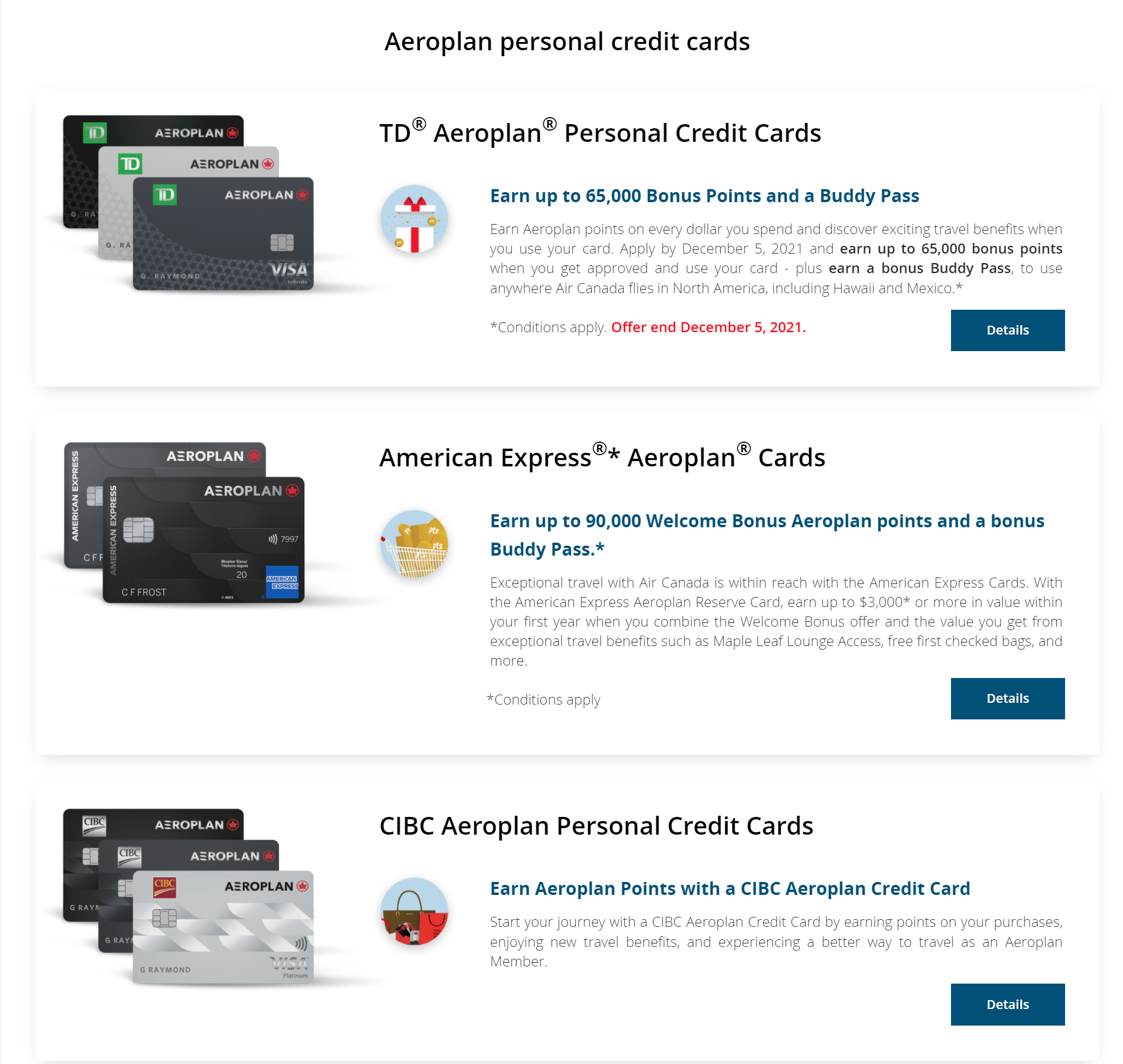
…while WestJet’s co-brand partner is RBC.
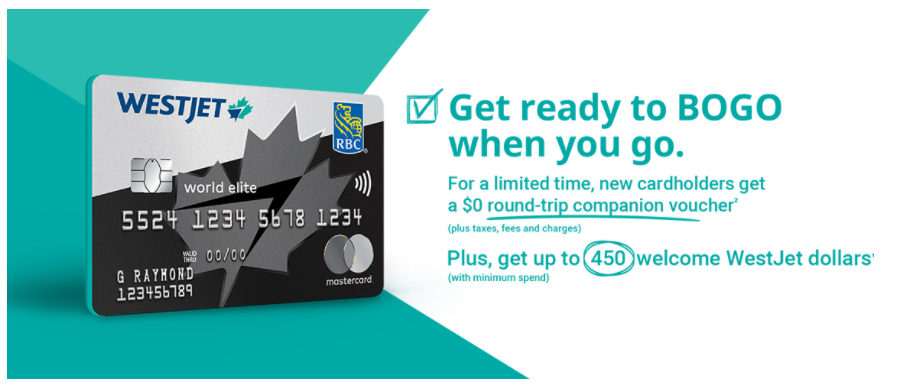
Even banks that don’t have a co-brand partner such as BMO and Scotiabank, rely heavily on travel rewards as a way to draw people to apply for their credit cards.

Why Are Credit Card Incentives So Lucrative?
You may ask yourself, how can a credit card offer such lucrative offers of travel in comparison to the annual fee of the card?
Take a look at the Scotiabank Gold American Express Card offer above. $500 worth of travel, no foreign exchange fees, 0% balance transfer, and the first year is free? That’s an incredible amount of value that a cardholder can derive out of a credit card without paying anything upfront.
So how can a bank survive having such lucrative offers?
It’s because most Canadians (and people in general) tend to have one or two credit cards in their wallets and they tend to stay loyal to those cards for upwards of 10 years or more.
Obviously, the people reading this website do not fit within that demographic, but ask anyone who isn’t into Miles & Points how long they have had their credit card, and most won’t be able to remember the last time they switched.
With this type of longevity in card age, the issuers have an extended period of time to make their money back. After all, very few credit cards have bonuses beyond the initial signup offer.
Think of it as a loss leader, in which the issuer takes a loss in the first 2–3 years of card membership. But once they break even, every additional dollar of revenue generated from the credit card becomes a net benefit for the issuer.
Follow the Money: Issuers
How does a credit card issuer actually make money? There are four traditional ways:
- Annual fees: Remember, most people tend to hold a credit card for a long period of time, so each year, the issuer collects an annual fee of $120 or more depending on the credit card. This can add up to quite a princely sum over a period of 10 years.
- Interest: A good chunk of people never pay the full balance owing on their credit cards. If you don’t pay your credit card in full, you are likely paying the interest on the full amount owing. And with the standard rate at 18.99% and only rising from there, you can see how quickly these interest charges can add up.
- Interchange fees: Every merchant that accepts credit cards does so at a cost. For each card swipe or tap, the bank or issuer will collect between 2–2.5% of the transaction amount as their interchange fees. You can reference the American Express, Visa and MasterCard interchange fees for Canada if you want to see them in detail.
- Data sales: Credit card issuers often sell your contact information and spending habits to interested marketers so they can properly target you for promotions. As you can imagine, your spending patterns say a lot about your propensity to purchase certain items; armed with that information, retailers can very accurately target you and entice you to buy their products.
If you want a more graphic representation of the above, Visually has made a very succinct infographic that you can reference.

Follow the Money: Airlines
Now that we understand how an issuer makes money on a credit card, your next question should be: how does an airline make money?
Well, it’s quite simple. In exchange for access to an airline’s distressed inventory, the credit card issuer reimburses the airline for every mile, point, or dollar issued as part of their rewards program.
For example, with American Express, every time they want to award an Aeroplan point as part of the American Express Aeroplan Reserve Card benefits, they are paying Air Canada a set price per point.
Typically, an issuer will make a bulk purchase of points at a set price. To take an oversimplified example, American Express may buy 10 billion Aeroplan points at 0.5¢ per point. This locks in a low cost per point for American Express, while Air Canada gets to pocket $50,000,000 in cold hard cash.
Depending on the contract between the issuer and the airline, there will be certain bonus incentives given by the issuer in an attempt to ensure that the airline continues to deliver value for their points.
For example, if the airline is able to continue to innovate and keep the cardholder engaged in the program, and thus hold the credit card for two years or more, it may unlock an additional cash bonus for each cardholder that fits within that category.
Alternatively, the issuer might provide additional cash bonuses based on how much money the cardholder spends on their credit card.
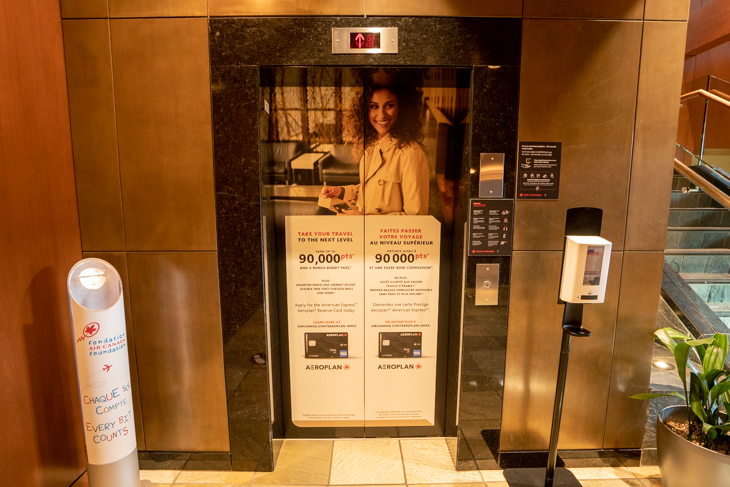
Acquisition Sales Channels (ASCs)
Now that we have talked a little about how both issuers and airlines benefit from credit cards, we need to talk about the concept of Acquisition Sales Channel (ASCs).
In order to understand which promotion or marketing message had ultimately convinced Joe Citizen to get your credit card, airlines and issuers use ASCs as a tracking mechanism.
Let’s consider the WestJet RBC World Elite Mastercard, the primary card that I had worked with during my time at WestJet. Here are some of the ASCs that WestJet and RBC use:
- Prince of Travel: https://www.rbcroyalbank.com/credit-cards/camp/wj/1908/?ASC=5GW004&utm_source=westjet&utm_medium=3PB&utm_campaign=WJ_influencer
- WestJet.com: https://apps.royalbank.com/uaw0/IAO/apply/cardapp?pid1=westjet_world&ASC=5BW001&utm_source=westjet&utm_medium=3pb&utm_campaign=cards_18_westjet
- RBC.com: https://apps.royalbank.com/uaw0/IAO/apply/cardapp?pid1=westjet_world&ASC=3DW001#!/main/intro
Every channel that you can think of has a unique ASC code associated with it, so that the issuer can track where the acquisitions are coming from.
That kiosk at the airport where you fill in your information via an iPad? The link they send you to has an ASC code embedded in the URL. That email marketing campaign that you received from WestJet about their $0 Companion Voucher benefit? The Apply Now link has an embedded ASC code.
Even when you are about to purchase a WestJet fare and you are presented with an “in-path offer” to sign up for a credit card, there’s an ASC associated with that as well.
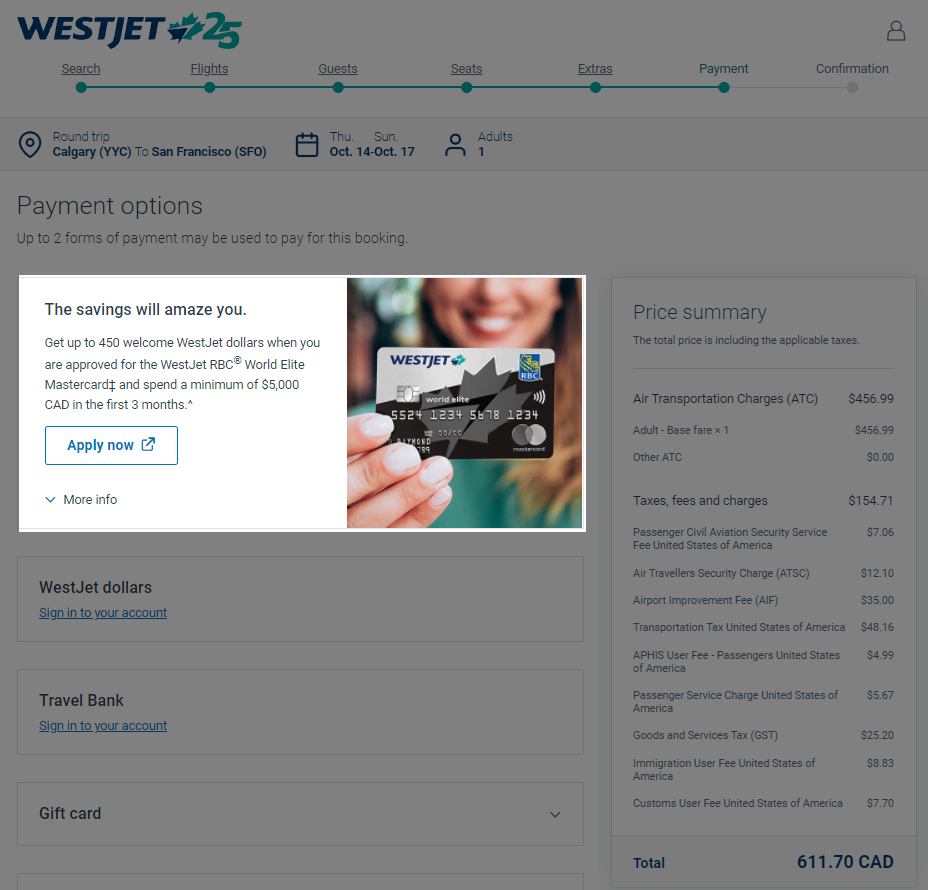
A/B Testing
The whole purpose of tracking every acquisition through the use of an ASC code is to determine which channels are doing well and which needed help.
If you were working on credit card acquisitions on an airline loyalty team, you would often try A/B testing to see which messages resonated with the largest audience, resulting in more credit card sign-ups.
While at WestJet, the acquisition channel that allowed for the quickest A/B testing of messaging was what was known as “Search”, which you might know as Google Ads.
Based on what we were willing to pay Google per impression and keywords, our ads could potentially show up within the first parts of the search results.
You can test this out for yourself. If you Google something like “best credit card in Canada for travel”, you will see Google Ads that look like results of your search.

As you can see, WestJet is not represented in the Google Ads above, so you can conclude that they did not bid against the keywords of “best credit card in Canada for travel”, but TD, Scotiabank, and RBC did. Interestingly, RBC chose to have those keywords refer to their flagship Avion Visa Infinite rather than the WestJet World Elite Mastercard.
Now, even though your ad may show up in Google Ads, the user may not click on the link. This is a wasted opportunity as the impression was already made, just not converted. This is where A/B testing comes into play.
If you look at the TD Aeroplan Visa Infinite ad in the image above, you can see that they are highlighting the Buddy Pass after you spend $1,000 in the first 90 days as well as 25,000 Aeroplan points. TD might also A/B test this message against one that highlights, say, the card’s insurance coverage.
Based on how well the Buddy Pass message (Test A) fares against the Credit Card Insurance message (Test B), TD can decide which message to display going forward, in an effort to increase their conversion rate.
Friendly Competition
Even though the co-branded credit card is a partnership between the issuer and the airline, each party is incentivized to outperform each other through the fine-tuning of their respective sales channels.
As I mentioned earlier in the “Follow the Money” sections, the issuer must pay out bonuses if certain targets are achieved. One such bonus might be if the airline’s acquisition channels, as a whole, outperform those of the issuer.
Imagine if the issuer needed to pay out a $10 million bonus to the airline if the airline’s channels outperformed those of the issuer. In this example, the issuer may be willing to spend up to $9 million to boost their sales channels and outperform the airline – while they may have to spend $9 million to do it, they save $1 million by not having to pay out the $10 million bonus to the airline.
The airline, on the other hand, might consider pushing hard on their channels in order to outperform the issuer and thus secure that $10 million bonus. You may have sat on a plane where the flight attendants were pushing the credit card to the passengers, and this might be the reason why.
During my time at WestJet, there was always communication around what channels and campaigns were going to be tested, and there certainly was pressure to try and outperform RBC’s own channels for the reasons outlined above.
Conclusion
Understanding how much money credit cards can make for both the issuers and the airlines gives you a sense as to why credit card sign up bonuses are so lucrative. As you understand the drivers, you start to see all the creative ways both airlines and issuers try to influence your behaviours and track your openness to these influences.
The more sophisticated the issuer and airlines get, the more likely it is that they will start to understand your personal drivers, and create a behaviour profile that will be used to entice you to change your buying behaviours. This is something that’s worth keeping in mind as we look to optimize credit card offers on our own end.
In my final post in this series, I’ll conclude my broad overview of working in airline loyalty with a discussion on the topic of terms and conditions.


















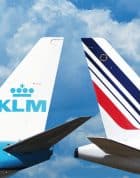

Thanks Jayce. I’m wondering does airlines make money when we are redeeming points from their partner airlines. For example, if amex pays AC 0.5 cents/points,and a first class ANA would cost like 130K points to redeem, then AC only got like $650 from Amex which I don’t think it can cover the cost that AC pays to ANA. I am curious how it works. Does airline always make money when we redeem award tickets. Thanks,
Excellent question, Dino. I’m afraid there is no easy answer to your question as it really depends on the airline and how they view loyalty. Some airlines are more open to the idea that redemptions should be break-even so that loyalty members continue to be engaged with the program. It has been proven that redemptions lead to more loyalty but as I mentioned in my previous article, Revenue Management may not see it the same way.
It also depends on how Revenue Management views the term “profitability”. As these seats tend to be distressed inventory, RevMan could view every additional seat booked as an award as pure profit as the plane would fly regardless of whether the award seat was booked or not. But again … it’s largely dependant on the philosophy of the airline.
Wish I could give you a more succinct answer but the reality is that the answer is a very complicated one.
Looking forward for the grand finale of the serie thanks Jayce
I am interested
Not quite like playing Squid Game, but the insight into the games being played behind the scenes is fascinating. Thanks for sharing.
Sorry, bad math on my part in last comment. Please ignore.
You math is off. 10 Billion AP points purchased at $0.05/point is $500M not $50M
Realized my mistake as soon as I hit post button. MY math is off, not yours. Sorry.
Technically, your math is correct too. You both just used different prices. 🙂